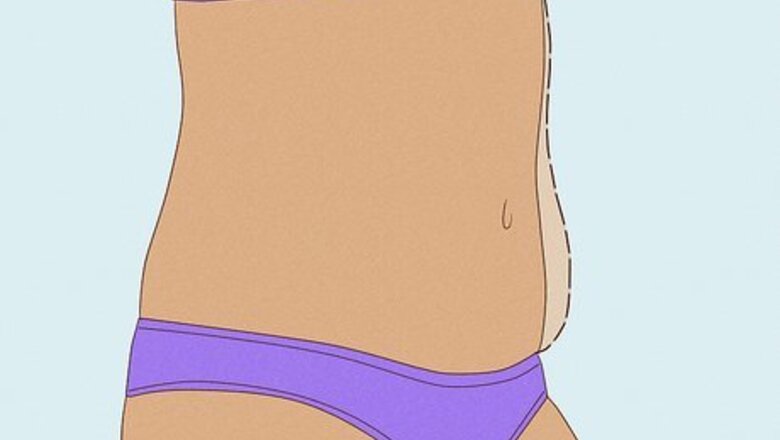
views
X
Trustworthy Source
Cleveland Clinic
Educational website from one of the world's leading hospitals
Go to source
That said, creatine supplements may come with a few side effects (like weight gain or digestive issues) that may make you think twice about taking it if you want to lose belly fat for a leaner appearance. So, are creatine supplements worth it? We’ll help you decide: in this article, we’ll walk you through how to take creatine safely while cutting fat from your diet, and address the benefits and potential downsides of taking creatine supplements.
- Taking creatine supplements while cutting fat from your diet can help you lose belly fat and achieve a leaner look over time, though it may cause bloating at first.
- Aim to take about 20-25 grams of creatine per day for a week to start, and then drop to about 3-5 grams daily to maintain high creatine levels.
- Creatine offers lots of benefits, including building muscle, helping your body heal quickly after intense workouts, boosting your energy, and even improving brain health.
Can creatine help you lose stomach fat?
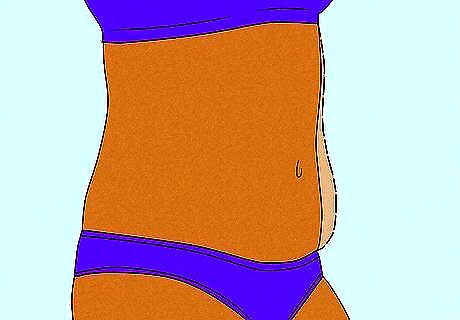
Yes, in the long run, creatine can help you burn belly fat. Creatine gives you more energy to work out. It also helps protect and strengthen your muscles during workouts, which can help you build more muscle mass—which will make your stomach leaner over time. During the loading phase (a period of time—usually a week—in which you take a high dose of supplements to saturate your system), creatine can lead to water retention, bloating, and even weight gain. The water retention and bloating will fade as you drop your daily creatine intake.
How to Safely Take Creatine While Cutting Fat
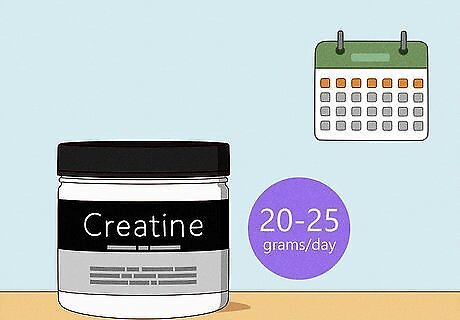
Take about 20-25 grams a day for a week. There’s no exact amount of creatine you “should” take during the loading phase (a.k.a., a week or so in which you take a high dose of supplements to saturate your system). However, experts recommend taking .3 grams per kg of body weight a day for about a week, or roughly 20-25 grams a day. Take 3-5 grams at a time at different times of the day (most people take creatine right before and/or after a workout). Taking too much at once could cause digestive issues such as diarrhea or stomach pain.
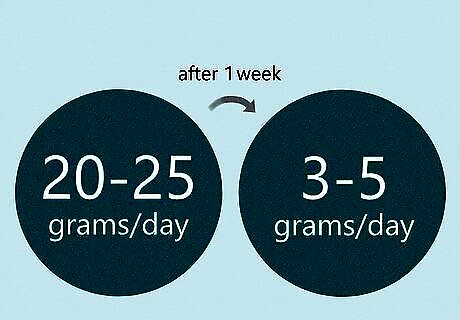
After a week, drop to 3-5 grams daily. Once you’ve saturated your system during your loading phase, you can still maintain a high level of creatine by taking 3-5 grams per day. Some athletes and bodybuilders may still take 20 or more grams a day, but this isn’t necessary for most people to get results. When dropping your creatine intake or if you stop taking supplements, prepare for some fatigue and a loss of muscle mass as your body adjusts to having to make more of its own creatine again.
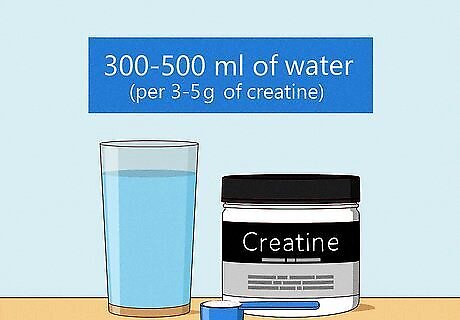
Drink 300-500 ml of water per 3-5 grams of creatine. It's always important to hydrate, but creatine acts like a sponge: it sucks water into and around your cells and causes similar effects to dehydration. Try to get about 300-500 ml of water along with every 3-5 gram serving of creatine. Staying hydrated can also boost your metabolism and keep you feeling full, which can help you cut calories, which will help you lose belly fat.
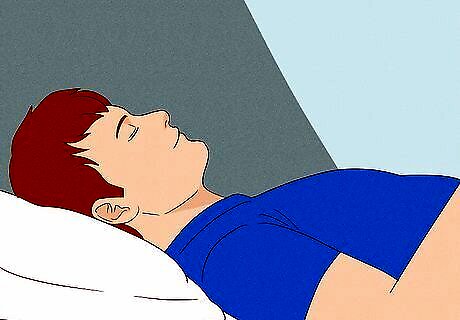
Get good sleep. Aim to get about 8 hours of uninterrupted sleep each night. Not getting enough sleep can leave you feeling foggy, irritable, unmotivated, and low on energy—which will make it hard to work out, no matter how much creatine you’ve taken. Plus, being sleepy might make you reach for a second (or third) cup of coffee, and studies suggest caffeine can weaken the effects of creatine.
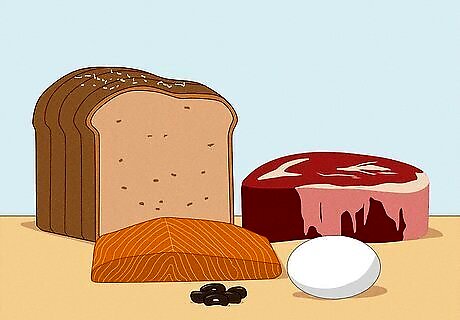
Eat enough protein. Cutting fat doesn’t have to mean starving yourself. Eat a nutritious diet every day, and get plenty of protein: as a general rule, get about 0.8 grams of protein per kilogram of body weight every day, the minimum RDA (Recommended Dietary Allowance). Try to make sure that 10-35% of your daily calorie intake comes from protein. For a 2000-calorie diet, that equates to about 50-175 grams of protein a day. To find out exactly how much protein you need based on your body type, you can enter your info into the USDA's DRI (dietary reference intake) app. Popular animal-derived proteins include turkey, chicken, beef, pork, fish, eggs, cheese, and yogurt. For plant-based proteins, go for almond milk, soy milk, tofu, seitan, tempeh, edamame, lentils, kidney beans, whole-grain cereal and bread, quinoa, and peanut butter.
Benefits of Taking Creatine While Cutting Fat
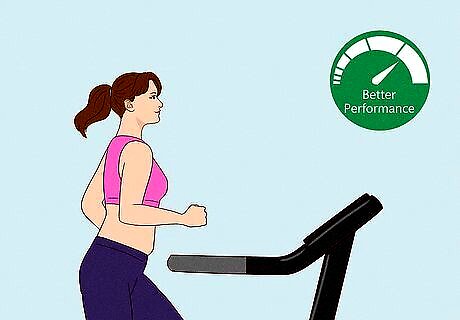
Creatine may improve your exercise performance. If your goal is to build lean muscle, creatine’s your guy. Not only does it promote healthy muscle growth, it gives you extra energy, which will keep you going strong in the gym.

It can promote quick recovery after intense exercise. Creatine gives you an energy boost so you can do more reps, but it doesn’t leave you high and dry. Creatine prevents severe muscle injuries during exercise, and after a long or intense workout, it can promote fast tissue repair, meaning you don’t need to worry so much about overdoing it in the gym. Creatine may also help to minimize or prevent muscle tightness, including strains and pulls.
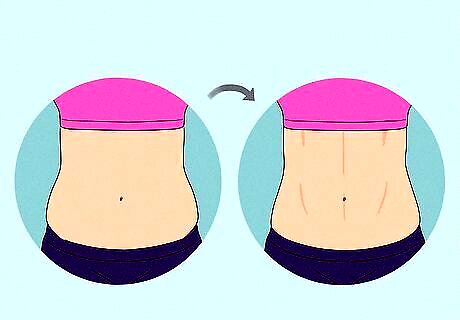
Creatine may increase muscle mass. Thanks to the energy boost it provides and its fast-healing abilities, taking creatine may increase your muscle mass over time. How much muscle mass you’ll gain depends on your body, your workout routine, and how much creatine you’re taking, but studies indicate people who take creatine supplements may gain an extra 2 to 4 pounds of muscle mass during 4 to 12 weeks of regular exercise compared to people who don’t take creatine. Creatine may help vegans and vegetarians gain more significant muscle mass, since they don’t get creatine through animal products. That said, building up creatine in your system may take longer if you’re a vegan or vegetarian.

Creatine may reduce wrinkles. We know you’re here to talk about burning belly fat, but as an added bonus, a daily creatine supplement may offer anti-aging properties. Research suggests skin cream containing creatine applied to the face every day for 6 weeks may reduce skin sag and wrinkles, at least in men.
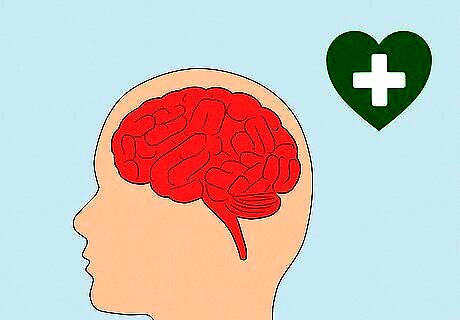
It may improve cognition. Studies suggest a daily creatine supplement may aid in brain health. Older adults in particular may experience an increase in cognitive ability after taking creatine supplements regularly.
Potential Side Effects of Taking Creatine While Cutting Fat
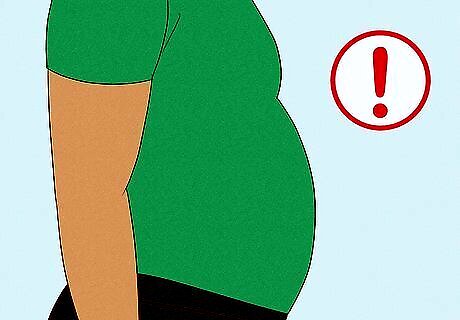
Creatine may cause bloating and water retention. When you first begin taking creatine, you may experience bloating due to water retention. During the loading phase, saturating your system with creatine may cause a sudden increase in muscle mass as well as water intake into your muscles, but the bloating will likely go away once the loading phase is finished. You may also experience weight gain due to water retention or to increased muscle mass. This may go away as you stop retaining water, or it may not if you continue to build muscle.
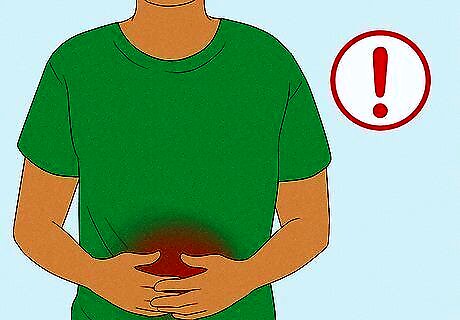
Taking too much at once may lead to digestive issues. Taking more than 10 g at a time, especially when you first begin taking creatine, may cause an upset stomach or diarrhea. To avoid this, begin taking creatine slowly, working up to your planned daily dose, and never take more than 3-5 grams at a time.

It may not be safe for certain people. Creatine supplements are generally considered safe. However, there haven’t been enough studies to discern if they’re healthy for people who: are breastfeeding or pregnant have diabetes have kidney disease have liver disease have bipolar disorder (creatine may increase the risk of mania)
What is creatine?
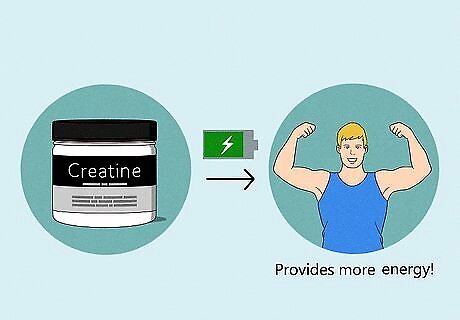
Creatine is a type of amino acid—the building blocks of protein. Proteins aid in building muscle and repairing damaged tissue. Creatine provides a natural source of energy so you can keep moving, especially when you’re exercising. About half of your daily creatine intake comes from your diet, including red meat, seafood, and animal milk. The other half is naturally produced in your liver, kidneys and pancreas. Manufacturers also produce creatine supplements, which people take if they work out a lot or don’t get enough creatine in their diet. Supplements may come in the form of powders, tablets, capsules, and energy bars. You can also drink creatine.

The most common type of creatine is creatine monohydrate. This dietary supplement boosts muscle performance in short-duration, high-intensity resistance exercises, like weightlifting, sprinting, and bicycling. Other forms of creatine may be effective or preferred, but creatine monohydrate has been the most studied type of creatine, making it the most reliable. Creatine monohydrate usually requires around 5 g a day to be effective. Other popular types of creatine include: Creatine ethyl ester: this type of creatine usually requires around 2-3 g a day to work. Because of its fast absorption rate, some folks prefer ethyl ester to monohydrate; however, ethyl ester has been shown to be less effective at increasing creatine content in the muscles and blood. Creatine hydrochloride: one study discovered creatine hydrochloride may be 38 times more soluble than creatine monohydrate, but as creatine hydrochloride is still very under-researched, creatine monohydrate remains the more trusted and widely used form.














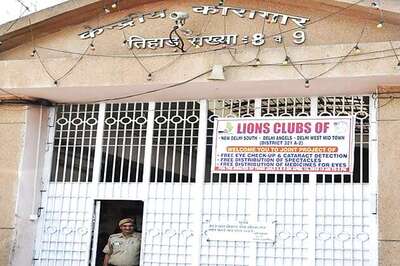





Comments
0 comment